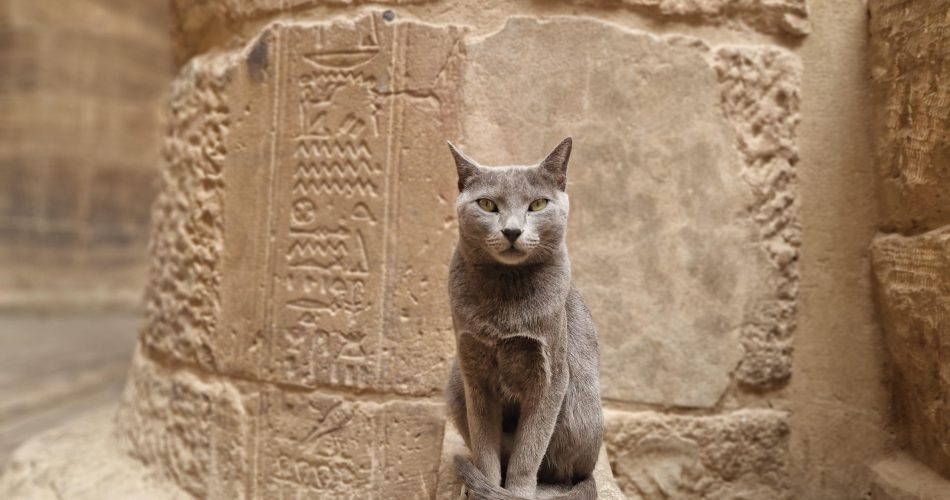In the ancient world, cats held a position of both reverence and practical importance, particularly in the Mediterranean civilizations of ancient Rome and Greece. Though not worshipped to the same extent as in ancient Egypt, these cultures recognized cats’ abilities to protect homes, granaries, and temples. With their keen senses, independent nature, and mysterious demeanor, cats were seen as guardians not just in the physical sense, but also as spiritual protectors. Their roles in Roman and Greek societies ranged from pest controllers to symbols of mystery, fertility, and divine intervention.
Cats as Protectors of the Home in Ancient Greece
In ancient Greece, cats were primarily valued for their ability to protect food stores and homes from rodents. The Greeks had a deep understanding of the connection between human settlements and the natural world, and cats fit perfectly into this balance as protectors of food supplies. Rats, mice, and other pests were not only nuisances but also carriers of disease, so keeping these creatures at bay was of utmost importance for health and prosperity.
While the Greeks did not worship cats in the way the Egyptians did, they did hold them in high regard for their mysterious and almost magical qualities. Cats were often linked to the goddess Artemis, who was known as the goddess of the hunt, wild animals, and fertility. Artemis was frequently depicted with animals, and it was believed that she had a particular connection to felines due to their grace, agility, and predatory instincts.
Cats were also thought to be a symbol of independence and freedom—qualities that Artemis herself embodied. It is likely that the association of cats with Artemis further reinforced their position as guardians of the home and protectors of sacred spaces. Cats’ ability to move stealthily and silently was seen as an echo of Artemis’ ability to move unseen through the natural world.
The Greeks also believed in the spiritual significance of animals, and cats, due to their nocturnal nature and ability to see in the dark, were often regarded as creatures with access to hidden realms. It wasn’t uncommon for Greeks to consider cats as intermediaries between the mortal world and the unseen forces that governed it. While not worshipped as deities, cats enjoyed a revered status, often associated with the divine qualities of protection, mystery, and intuition.
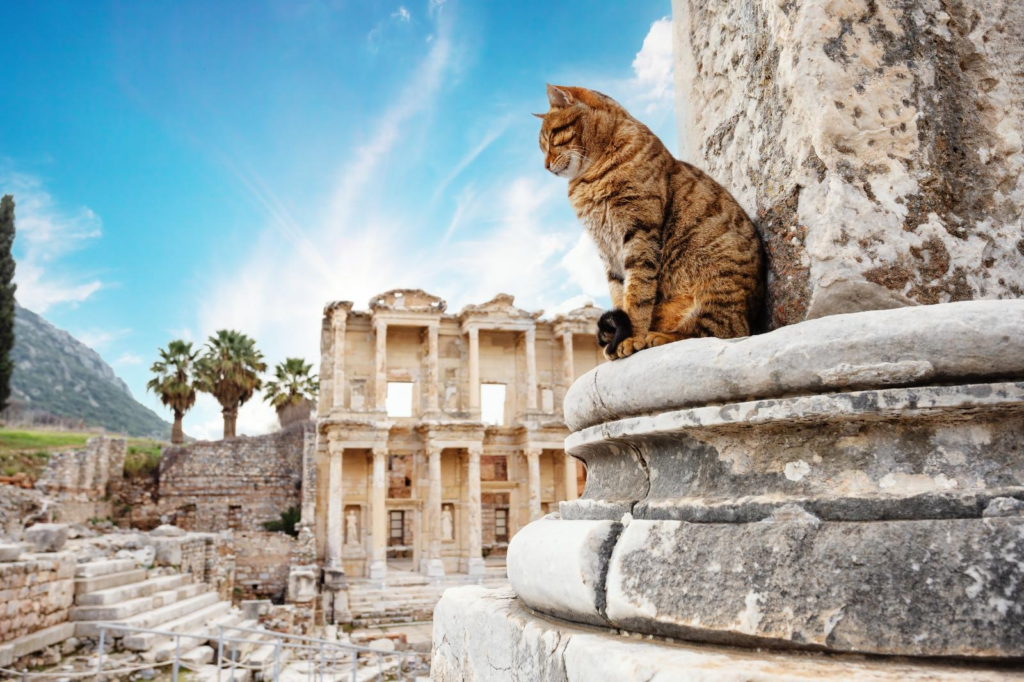
Cats in Ancient Rome: Guardians of Homes and Temples
In ancient Rome, cats were similarly valued for their role as protectors of food stores and households. As the Roman Empire expanded, so did the understanding of the practical value of cats in controlling pests, particularly in grain silos and storage facilities. Romans were well aware that a steady food supply was crucial for their success, and cats played a key role in ensuring that rats and mice did not destroy precious food reserves.
Roman citizens, particularly those living in urban areas, often kept cats as pets and protectors. Roman culture was steeped in the belief that animals had special connections to divine forces, and cats, with their unique blend of mystery and efficiency, were considered to embody qualities of guardianship and independence. Although cats were not elevated to the level of divine beings, they were often seen as sacred in their own right, especially in relation to protecting both physical and spiritual realms.
One notable instance of Roman reverence for cats can be found in the fact that they were frequently depicted in Roman art and mosaics. Cats were often portrayed in scenes of daily life, particularly in homes and gardens, signifying their importance as protectors. In this way, cats were considered symbols of domestic peace and prosperity, guarding the home not just from pests but also from any other threats that might disrupt the household.
Just as cats were revered in the home, they also had a significant role in Roman religion and temples. In Roman temples dedicated to various gods and goddesses, cats were seen as guardians. Their presence in these spaces, particularly in areas of worship, symbolized protection and sanctity. Their ability to maintain calm and order in places of worship was tied to the idea that cats were keepers of the sacred and the divine. In fact, many temples that housed statues or shrines to gods and goddesses would often have cats present to protect the spaces from rats and other pests, thereby maintaining the sacredness of the temple.
Some scholars believe that the reverence for cats in Roman temples also had to do with their association with the gods, particularly those linked to fertility and the natural world. The Romans, like the Greeks, recognized the role of animals as conduits for divine influence. Cats, being connected to the mysterious forces of nature, were often thought to carry a divine aura, making them fitting guardians of temples, shrines, and other sacred spaces.
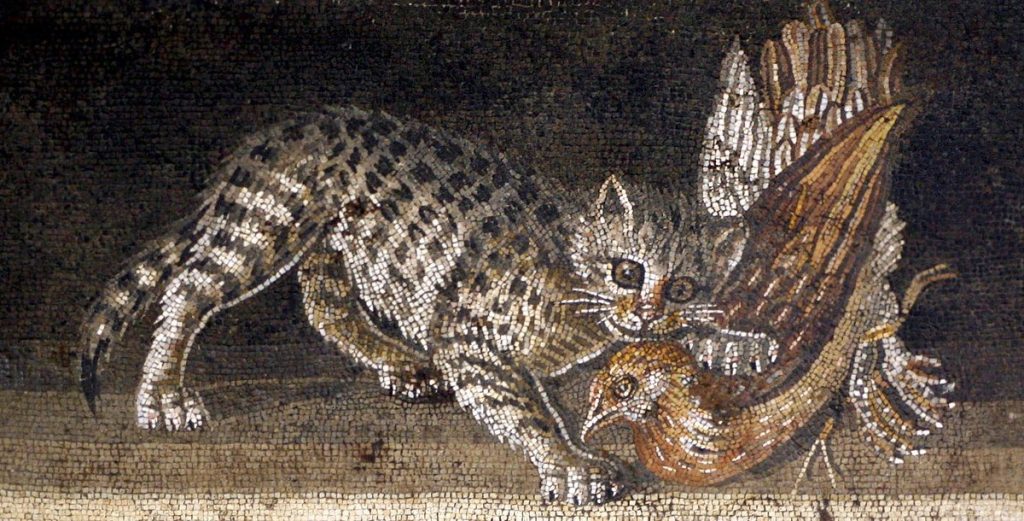
Cats as Symbols of Mystery and Fertility
Beyond their role as physical guardians, cats were also seen as symbols of mystery and fertility in both Roman and Greek cultures. In ancient Greece, as mentioned, the goddess Artemis was closely associated with wild animals, particularly cats. Her connection to animals symbolized the balance between civilization and the untamed forces of nature. Cats, in this context, were seen as guardians of that balance, representing both the wild and the domestic. The Greeks believed that cats, with their ability to traverse between the natural and supernatural realms, held a unique connection to Artemis’ divine attributes of fertility, protection, and the preservation of nature.
Similarly, in ancient Rome, cats were often associated with fertility due to their frequent breeding cycles and their symbolic connection to the nurturing and protective qualities of goddesses. The Roman goddess Diana, like Artemis, had dominion over animals, fertility, and the natural world, and cats were seen as physical manifestations of her protective and nurturing powers. The link between cats and fertility was not limited to the natural world but extended to the spiritual realm, where cats were believed to protect new life and ensure that the natural cycles of birth and growth continued without disruption.
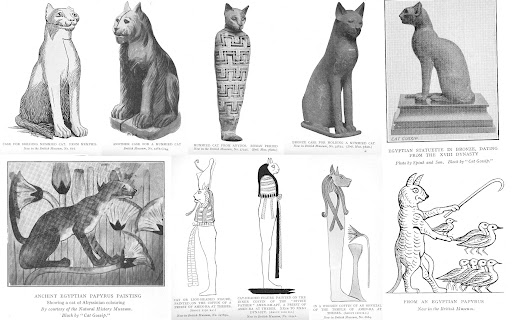
Cats in Roman and Greek Literature
Cats also made their way into ancient literature, where they were depicted as companions to gods and mortals alike. In Greek mythology, cats were frequently mentioned as loyal companions to deities such as Artemis, and their stealthy nature was admired for its ability to track down prey without detection. In the writings of Greek poets like Homer, cats were often seen as symbols of grace and mystery, though they rarely played prominent roles in myths.
Roman literature similarly featured cats in various forms, often highlighting their role as protectors of the home. Roman writers, such as Pliny the Elder, acknowledged the utility of cats in maintaining the safety of food stores, and their mentions of cats often emphasized their independence and self-sufficiency. This practical reverence mirrored the Roman attitude toward animals in general, who were often valued for their utility and symbolic power.
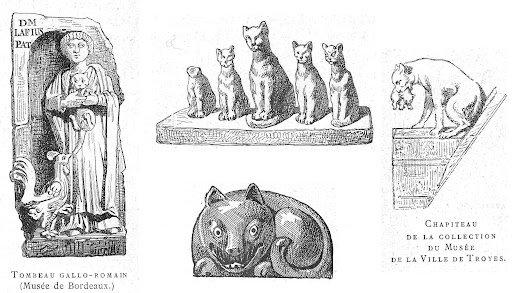
Conclusion: Cats as Sacred Guardians in Ancient Rome and Greece
In both ancient Rome and Greece, cats were more than mere pets or pest controllers—they were revered as guardians of the home, protectors of sacred spaces, and symbols of fertility and mystery. Their presence in households, temples, and literature highlights the special status they held in these cultures. While not worshipped to the same degree as in Egypt, cats were certainly respected for their abilities to navigate between the natural and supernatural worlds, offering protection and symbolism that extended far beyond their physical role in society.
Whether as silent watchers in homes or guardians in temples, cats embodied a unique blend of practicality and spirituality in ancient Rome and Greece. Their independence, grace, and mysterious aura made them perfect protectors—guardians not just of the physical realm, but of the spiritual and sacred spaces that transcended the everyday world. The enduring reverence for cats in these ancient civilizations underscores their timeless role as symbols of guardianship, mystery, and divine protection.
